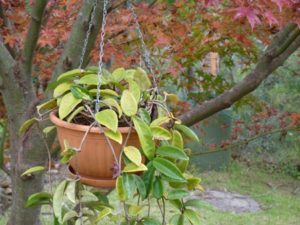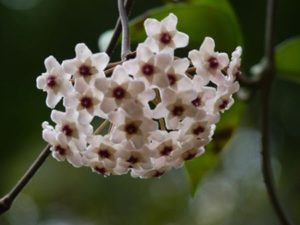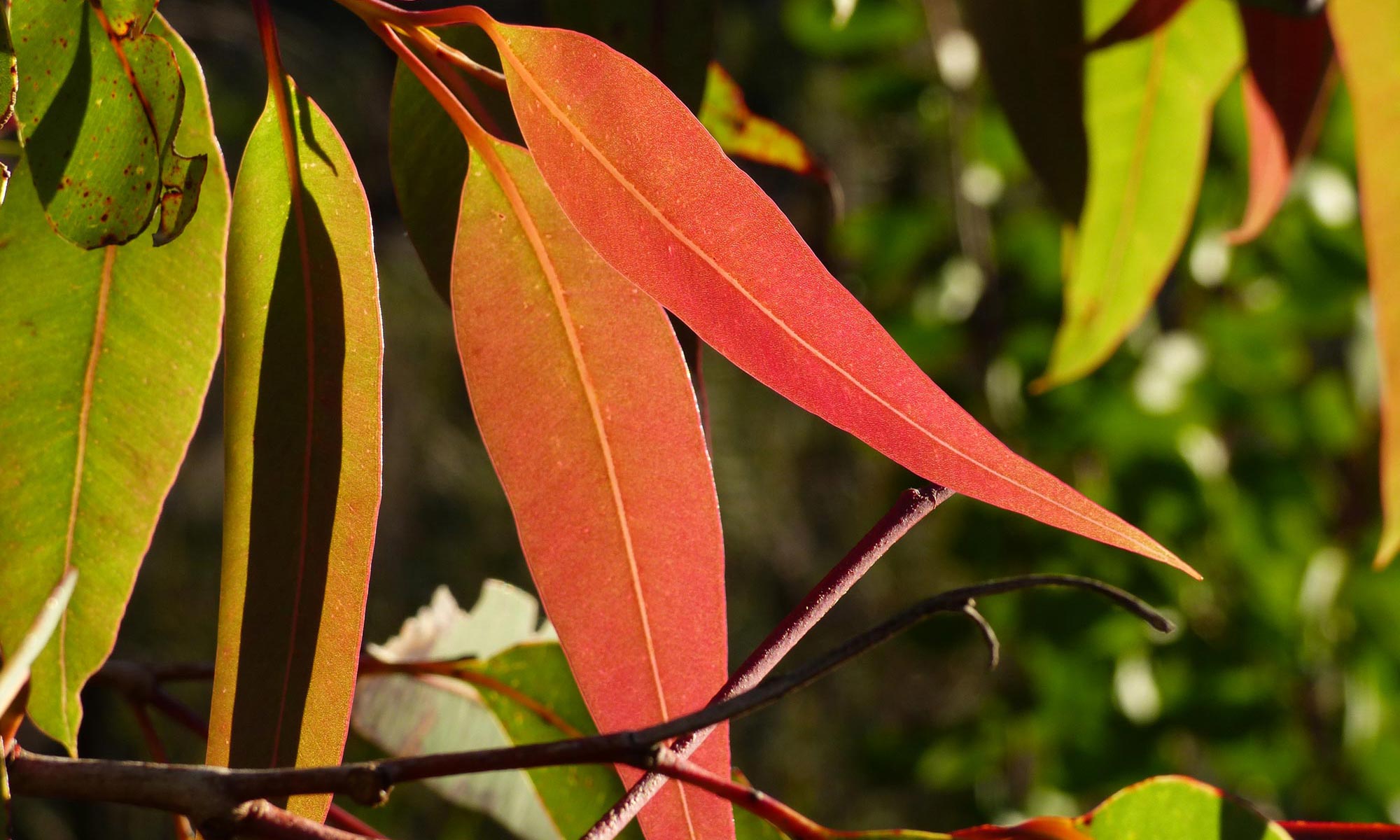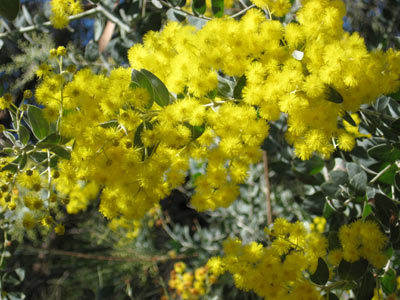After the Boxing Day bushfires of 2001 visited our Blue Mountains property, the extent of the damage done to the flora was clearly evident. You felt like you had landed on the moon.
Many plants, taken for granted over the years, were now valued either because of their complete obliteration or their irreparable damage. One such plant was our hoya. Given to us by my mother-in-law, this potted, tropical, evergreen plant mostly took care of itself. It hung from a branch with its vines dangling from the pot. These vines were covered with green and yellow leaves. They easily caught any breeze, swaying the hoya back and forth as if it danced to a choice melody that only it could hear.
Now our hoya was gone… scorched by the intensity of the bushfire’s heat. Like most of the neighbouring pots that displayed our orchids each year, the pot where our hoya had nested now seemed empty except for its dirt. Some of the pots had even partly melted.
During the cleanup the hoya pot was put aside and occasionally watered, without any real expectation of regrowth. But that is exactly what occurred and the hoya began growing back to its original self. Its resurrection was an encouraging sign of things to come.

When the hoya’s leafy vines started to wander from the pot, the plant was repotted and hung from another tree. Over the intervening years since the bushfires this tree never fully recovered. Earlier this year it toppled to the ground, crushing the hoya. I repotted the plant and this time brought it closer to the house, hanging it on a maple branch. Again the hoya quickly bounced back to a healthy state. As if to advertise the fact, it blossomed for the first time in its life. The beautiful, semi-spherical flower it produced comprised a cluster of small, delicate, star-shaped flowers, splashed in pink with a dab of darker pink at their centres.

Working on the regeneration of our bushland garden, despite the time and effort expended, has been very satisfying and rewarding. The resilience shown by plants like our hoya, our orchids and the many native plants that cover our property definitely raises one’s spirit.

